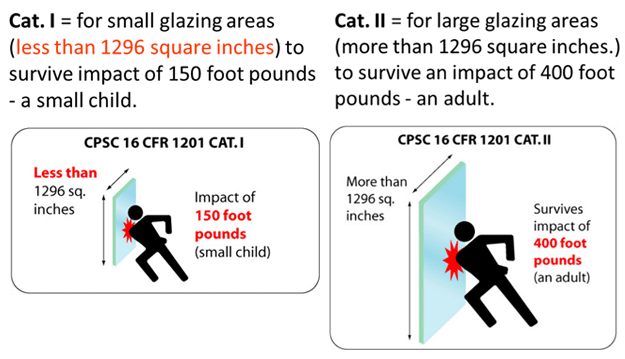All you need to know for Fire Rated Door Assemblies.
Fire-rated door assemblies play an important role in saving lives and minimizing property damage by providing safe egress and compartmentalizing smoke, flames and when required, dangerous radiant heat. This is a combination of the door, frame, hardware, and glazing working together as one assembly. These components are normally tested as separate products by a nationally recognized testing agency and then listed, labeled, or classified for use in fire door assemblies. However, there are instances where specific components are tested together, and therefore must be used together in order to maintain the fire rating.
Fire door assemblies are tested to NFPA 252, Standard Methods of Fire Tests of Door Assemblies or UL 10 B, Standard for Fire Tests of Door Assemblies, or UL 10 C, Standard for Positive Pressure Fire Tests of Door Assemblies. Like fire window assemblies, fire door assembly testing includes the fire endurance test and hose stream test. Note that building codes throughout the US typically stipulate that 20-minute doors are exempt from the hose stream test.
The basic requirements for fire rated door assemblies include:
Fire ratings (20/45/60/90/180 minutes) are granted by third-party testing agencies and are labeled on the products.
Fire rated door assemblies must meet the requirements of the applicable building or life safety code, such as the National Fire Protection Association (NFPA) 80: Standard for Fire Doors and Other Opening Protectives, NFPA 101: Life Safety Code, the International Building Code (IBC) and the International Fire Code (IFC).
Fire doors are required to be self-closing and positive latching.
The fire rating of the wall dictates the fire rating of the door.
Standards & Testing:
Fire rated doors are tested in accordance with the following standards:
• UL 10B, Fire Tests of Door Assemblies (neutral or negative pressure)
• UL 10C, Positive Fire Pressure Tests of Door Assemblies
• NFPA 252, Standard Methods of Fire Tests of Door Assemblies
In the late 1990s, the required test method changed from neutral or negative pressure to positive pressure to more accurately simulate the conditions of a fire in the real world. Today, the IBC requires side-hinged or swinging fire doors to be tested with positive pressure, using either UL 10C or NFPA 252.
Fire Endurance
Fire rated doors are subjected to endurance testing where the specimen is exposed to extreme heat of up to 1925 degrees F for the maximum 180 minute rating. If the door remains in the frame with no through openings and limits flames, it is certified with an endurance rating of either 20/45/60/90/180 minutes.
Hose Stream
After the fire endurance test, the test specimen is subjected to the hose stream test, where a fire hose delivers water at 30 psi from 20 feet away. Note that building codes throughout the US typically stipulate that 20 minute doors are exempt from the hose stream test.
